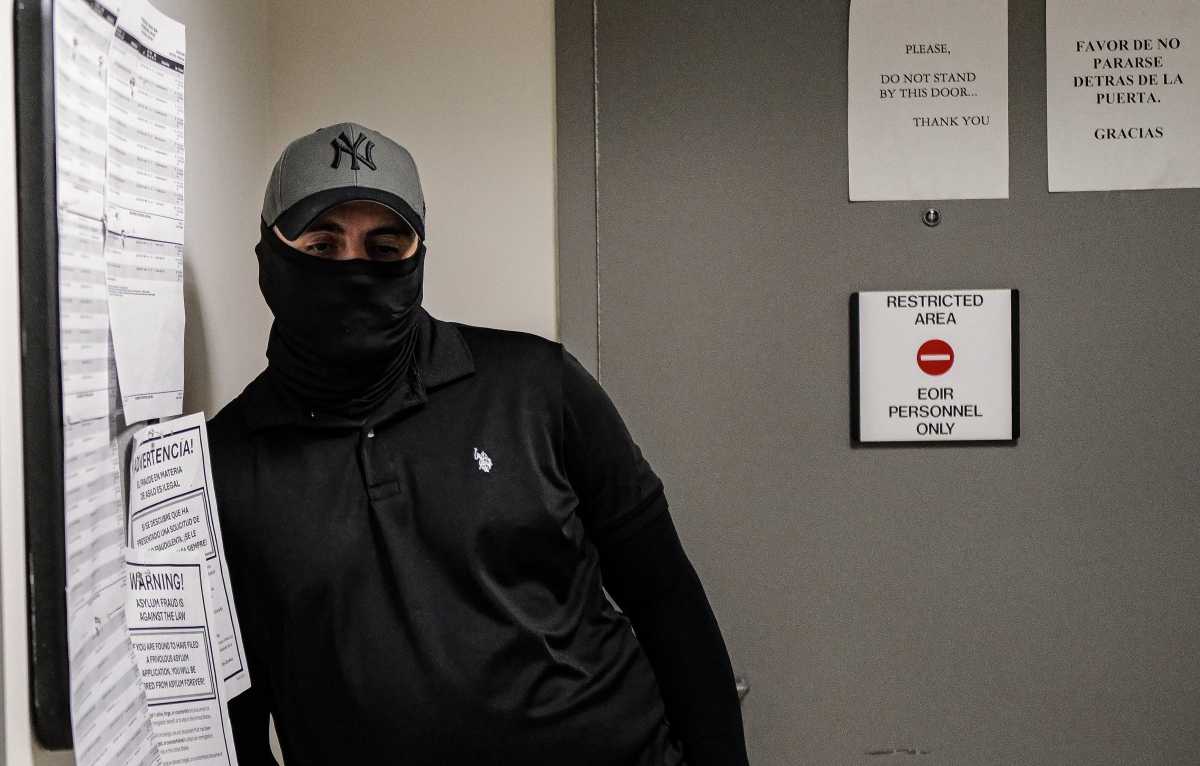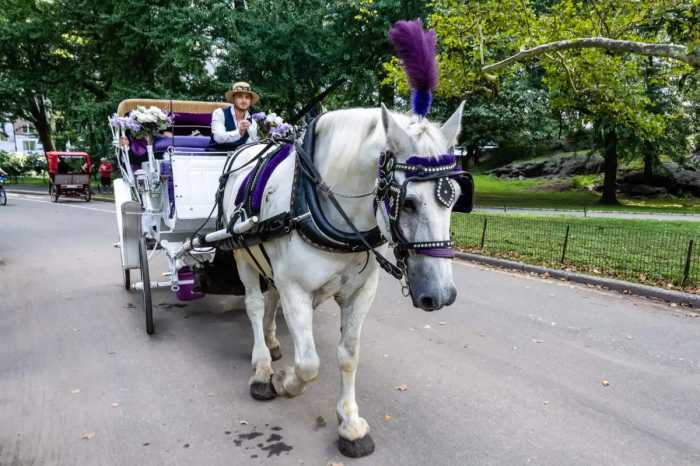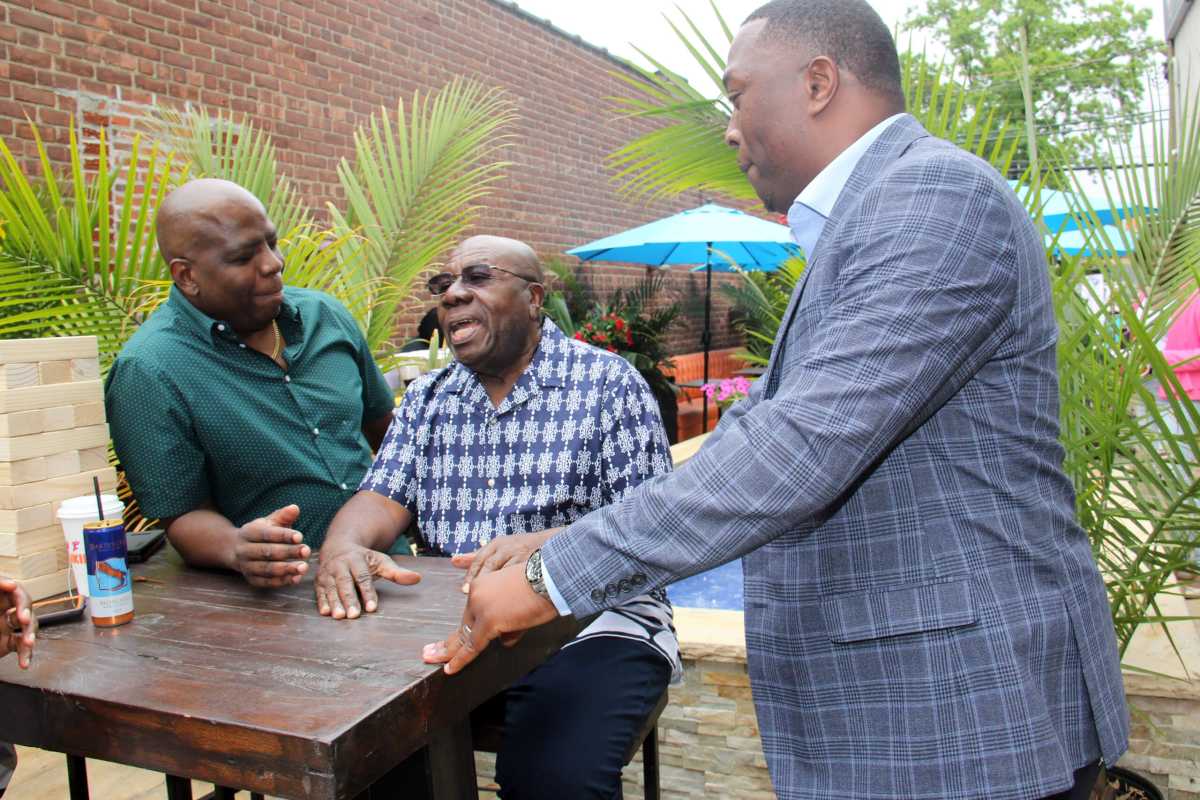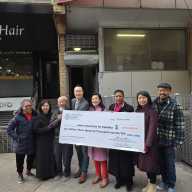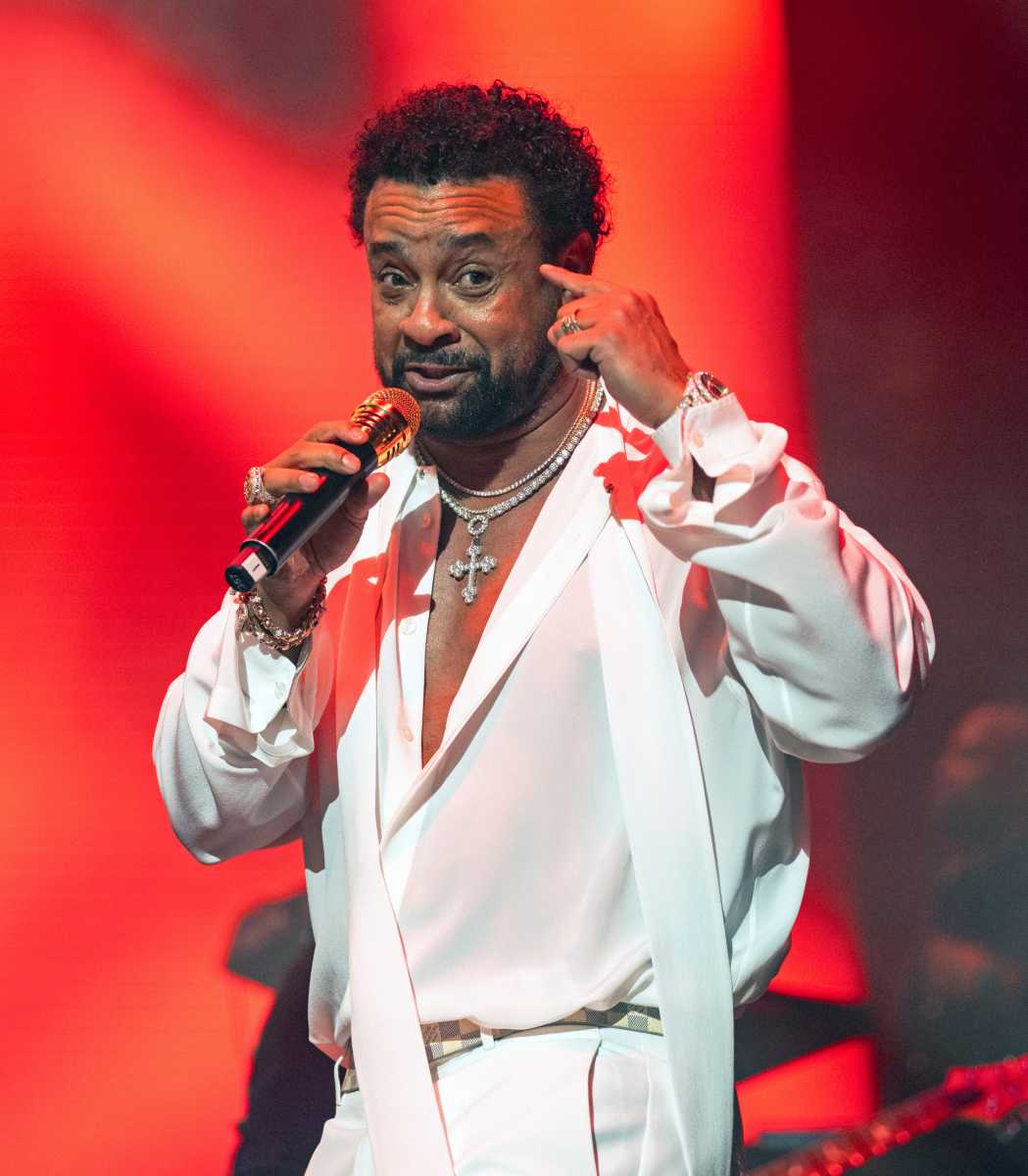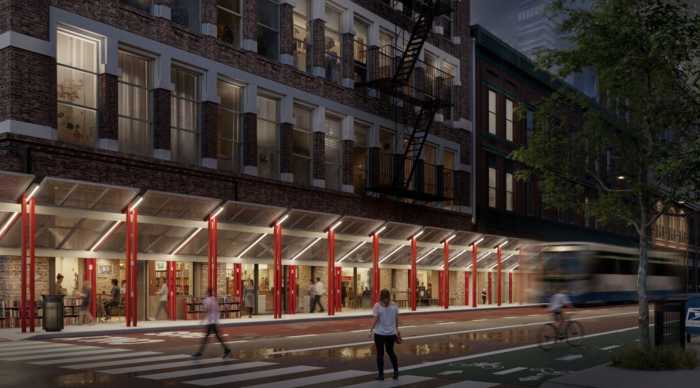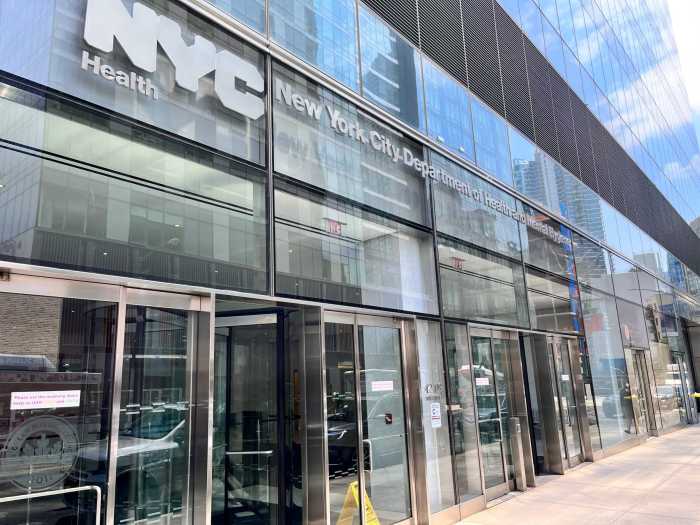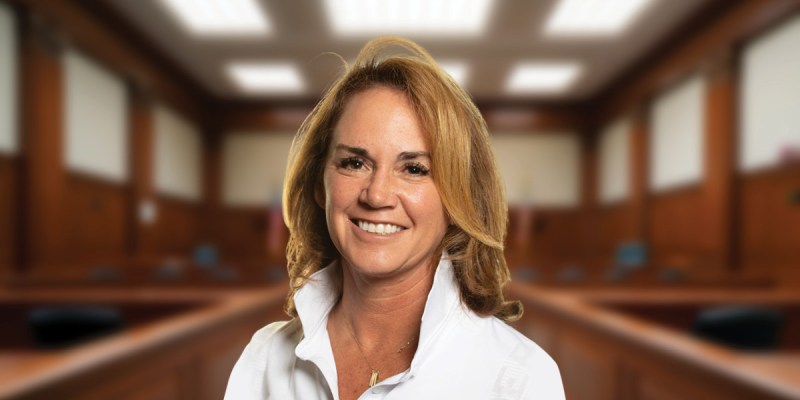Episcopal Health Services (EHS) has been putting a lot of effort into trying to eliminate the stigma among members of the Hispanic/Latino community in Far Rockaway when it comes to seeking out mental health assistance.
According to EHS Vice President of Behavioral Health Services Tanya Barros, MA, LMHC, a lot of community outreach is being done to inform the entire Rockaway Peninsula about the mental health services that EHS offers. Some of the community outreach being done includes trying to normalize mental health services, encouraging the community, letting them know that they offer assistance in multiple languages and emphasizing that those who assist are culturally sensitive. However, she still feels that more needs to be done to increase awareness.
“Knowing that resources do exist really helps to create an easier route for people to seek services,” Barros said. “One of the main issues towards counteracting stigma is really working through the obstacles and crossing those barriers, the first one being making the first phone call.”
Collaboration with community-based organizations and leaders is a key component of community outreach. “We need to collaborate. We need to know what each other offers,” Barros said. “Our patients may be reaching out to them as well, so we like to have that collaboration.”
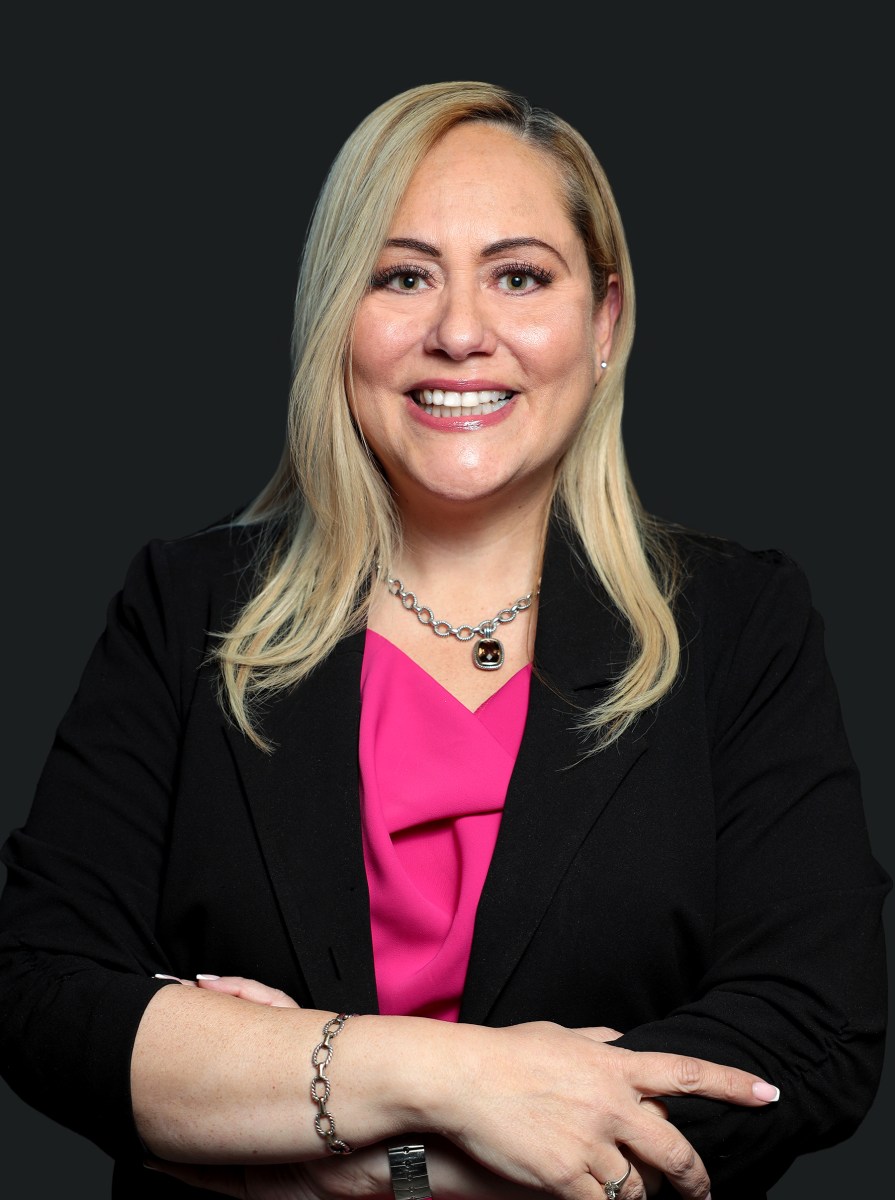
Barros noted that when it comes to the Hispanic/Latino community, most have been raised to believe that mental health is something they do not need to seek treatment for. EHS is working towards destigmatizing this common view through education and normalizing the experience of expressing feelings.
“Mental health is not something that should be shunned,” Barros said. “It’s something that’s necessary. It’s as important as physical health.”
Within the Hispanic community, Barros said machismo is often present among males and marianismo among females. Machismo refers to a set of values and beliefs about what it means to be a man, including masculine pride, aggression, dominance, rejection of vulnerability, and more. Marianismo is the set of values and expectations for women in the Hispanic community, including selflessness, chastity until marriage, submissiveness, being family-centered homemakers, and nurturing figures and spiritual pillars within a family.
“While this may have served a purpose at one point, it’s up to each individual family how they would like to set up their family unit and system,” Barros said. “When it comes to discussions around mental health, we have to recognize how this actually plays a role in ourselves, how we raise our children to feel about mental health. There’s a lot of deep-rooted cultural issues that play a role in why people do not seek mental health services, stigma being the main one.”
One in five people face a mental health illness in their lifetime, according to Barros. She feels this makes it all the more important to reduce the stigma for seeking out assistance from mental health professionals.
“We play a role by letting the community know that we have a very diverse staff that is culturally sensitive, culturally very humble and able to meet the needs of the community,” Barros said. “We have bilingual therapists and services. We have individual counseling sessions, group counseling sessions, services for children, adolescents and families and we’re very well-connected with the community.”
Patients at EHS are asked about their preferred language, and nearly every language is offered. A large population of the staff is bilingual. Additionally, they have a translation service to provide further assistance.
“Receiving news, sharing healthcare information, or receiving information in a language that may be your second language is very uncomfortable,” Barros said. “We have a large population of our staff that’s bilingual, plus we have access to the language line.”
Barros wants the public to understand that seeking treatment is okay. EHS’s doors are open to everyone, and the staff is there to help patients work through their anxieties and stigmas when seeking mental health assistance.
“The fact that we do have such a large population of patients coming in who are Hispanic and taking that first step, it just shows that the community outreach that we are doing and the education is hitting home,” Barros said. “We’ve had a pretty large influx of patients. We’ve had full caseloads of patients who are taking advantage of our services. We love partnering with them in their recovery journey. We have so many success stories.”
EHS has been able to assist patients going through all kinds of personal issues or losses, including helping some who may have been considering ending their own lives. Establishing a healthy relationship with a therapist may take some time, but Barros noted it is very important.
Barros believes the broader community can further assist Hispanic/Latino individuals in finding mental health assistance and reducing the stigma associated with mental health issues by increasing community events and normalizing the fact that everyone has their ups and downs in life.
“We are the only hospital on the [Rockaway] Peninsula and we are the highest level of psychiatric and psychological care on the peninsula because we have two in-patient psychiatric units, we have an emergency room that also houses a small psychiatric emergency department, as well as our two outpatient clinics and a host of children, adolescent and family programs,” Barros said.
Rockaway residents who may be experiencing thoughts of suicide are advised to call 911, visit the EHS emergency room, or dial the New York State helpline at 988. EHS also has a wellness and recovery center, located at 19-01 Brookhaven Ave., and a community mental health center, located at 521 Beach 20th St., that can each provide mental assistance. The centers can also be reached by calling 718-869-8822.
Another notable program EHS offers is the Home-Based Crisis Intervention Program, which involves staff members going into clients’ homes and providing intensive counseling and support services. The program’s team members support children from ages 5 to 20 with crisis intervention and family education to prevent psychiatric hospitalizations by connecting the youth with the appropriate clinical services. EHS also offers children and adolescents access to individual and group counseling services, including family counseling.
During and since the COVID-19 pandemic, Latina adolescent girls were found to be the most at risk of self-harm, according to a study cited by Barros. Isolation has played a big part in this jump.
Soon, EHS hopes to expand its adolescent services across different tracks. This includes specialty tracks for adolescents, elder care, post-adolescence (18-24 years of age) and more. Post-adolescence is when individuals are most prone to psychotic breaks or having other serious mental illnesses surface.
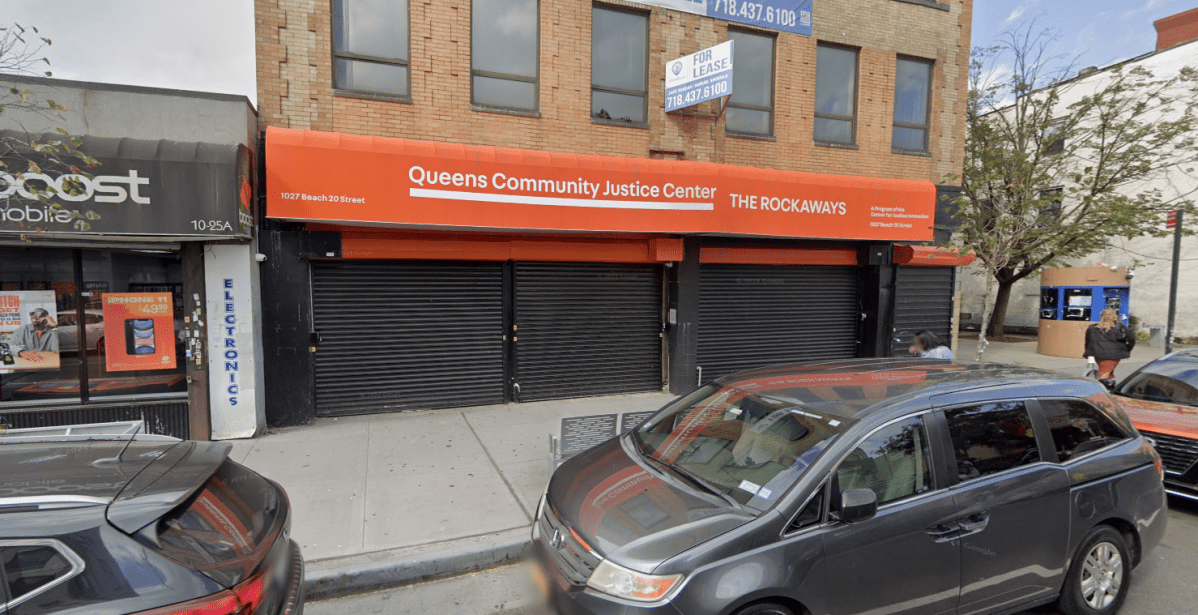
On Friday, March 7, from 2 to 4 p.m., EHS will hold a men’s mental health forum at the Queens Community Justice Center, located at 10-27 Beach 20th St., featuring a panel of distinguished guests who work at various EHS departments. The guests will discuss how they navigated their mental health journeys, from practicing self-care to stress management to seeking out therapy. In addition to destigmatizing mental health, this event is meant to clarify misconceptions about the mental health and therapeutic process.
A women’s version of this event is expected to be held towards the end of March, with a precise date still being determined.
“The best advice that I can give [to someone in the Hispanic community who might be struggling with their mental health but hesitant to seek help due to cultural stigma] is to take the first step,” Barros said. “Make the phone call, show up and allow us to assist you through the recovery process. Just make that first phone call. That is the biggest barrier. People wait up to a year on average before making a call. A lot of people are suffering unnecessarily for quite some time because of the stigma and the negative connotations associated with receiving mental health treatment. It’s not a sign of weakness. It’s a sign of strength.”



